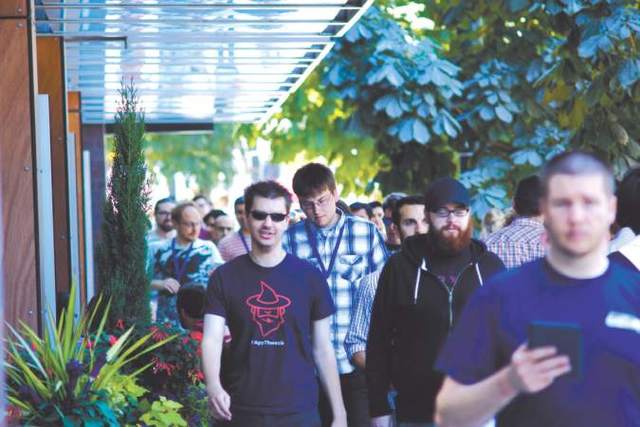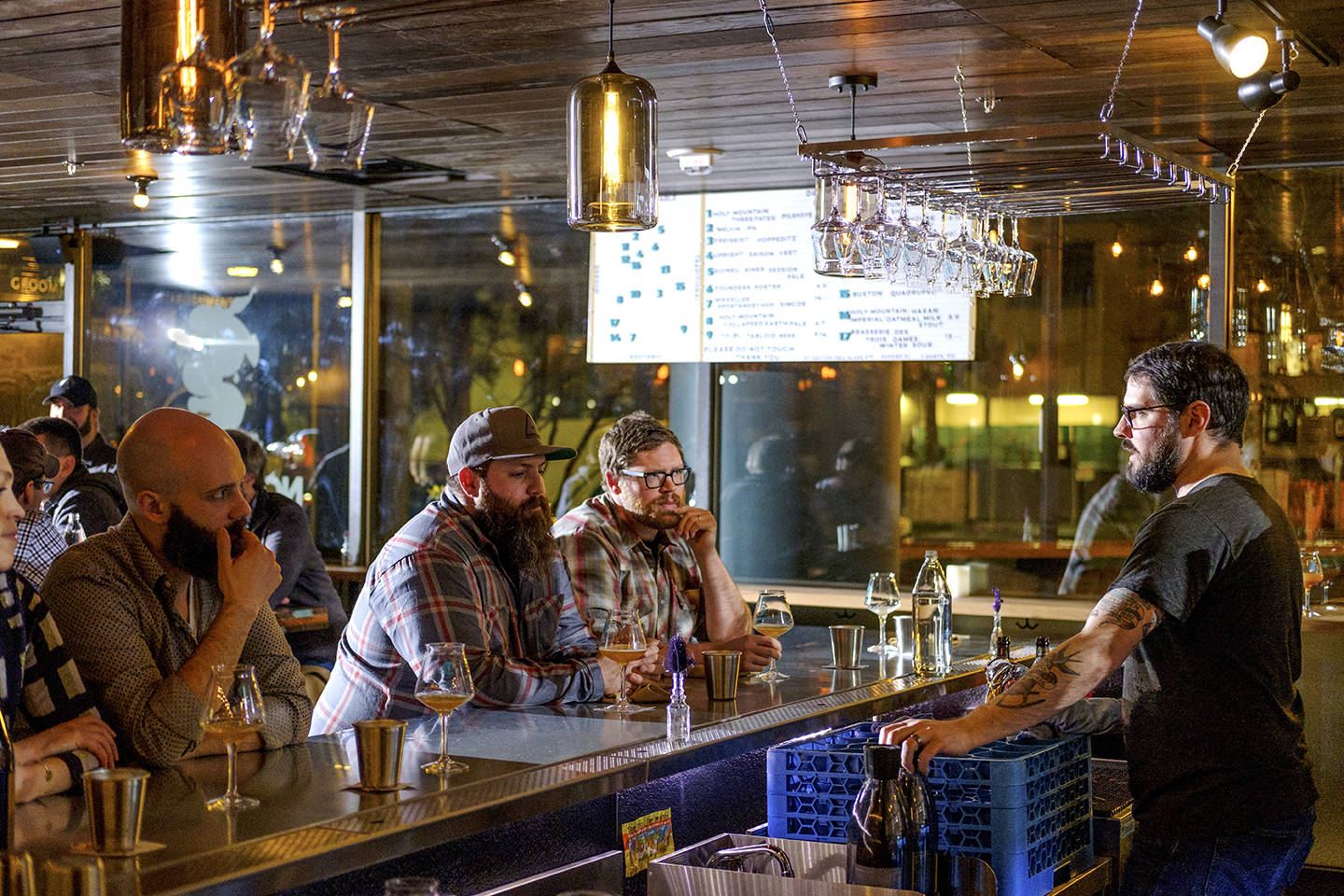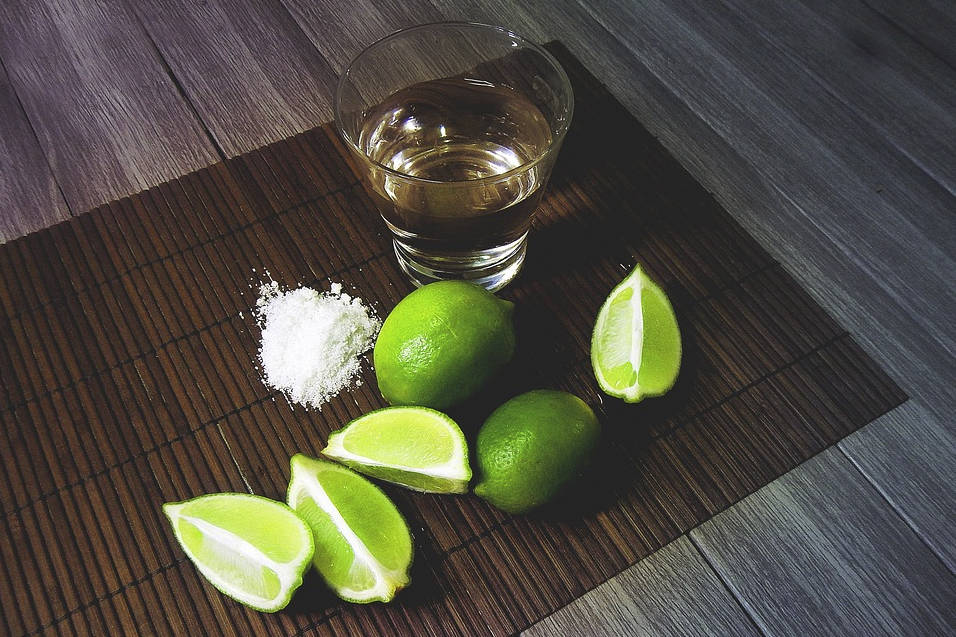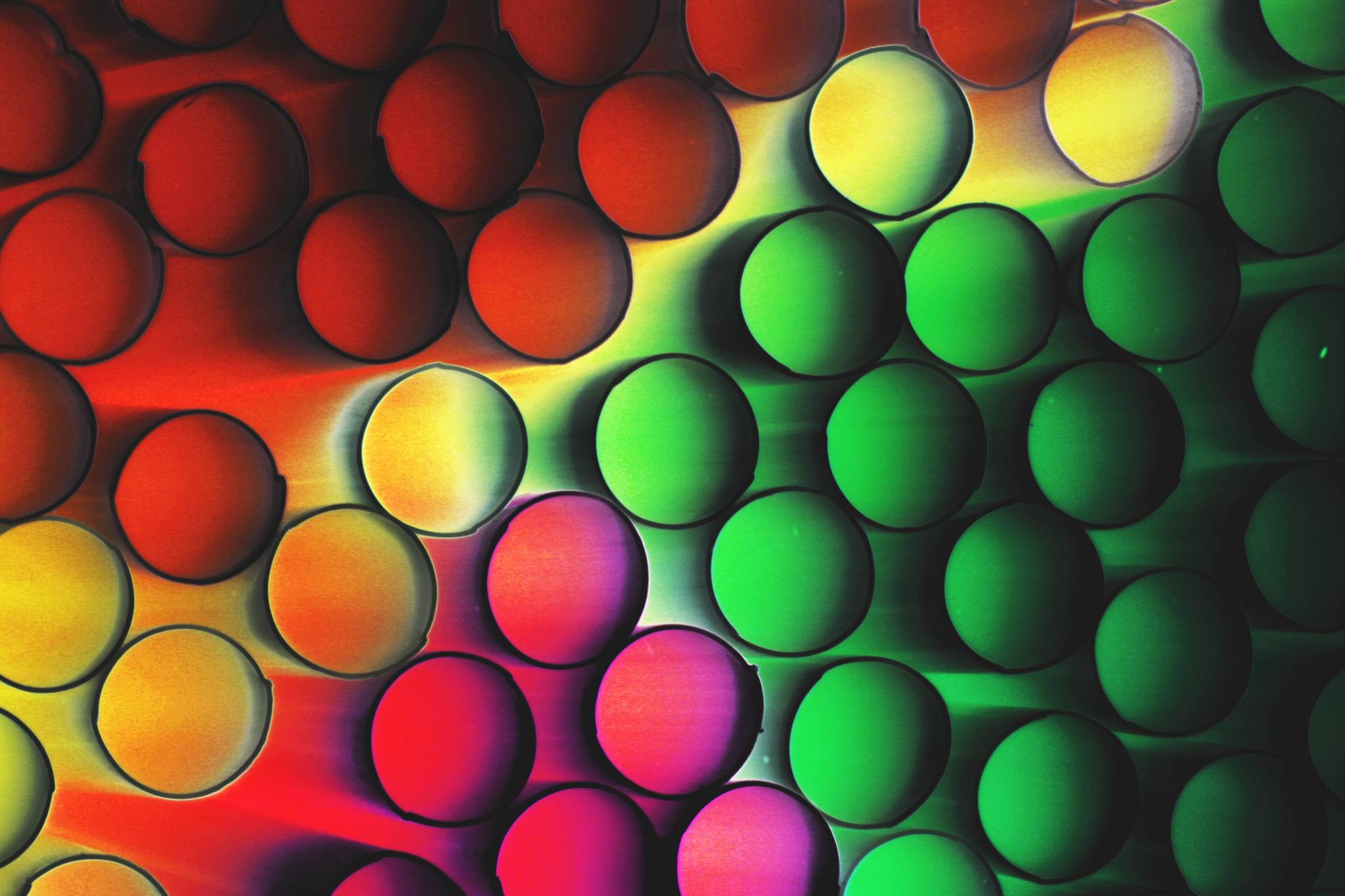Picture, if you will, the latest local tech hire. Freshly arrived in Seattle, equipped with ID badge and ORCA card, stepping out from the new campus, slinging a backpack over his or her shoulder, and contemplating what might taste just right after a very long day at work. It’s a question that nearly every bar, restaurant, and producer in the area is grappling with, because getting it right could mean phenomenal success, and getting it wrong could mean failure. Amid a rapidly and massively changing industry, tech workers represent something of a white whale: Laden with disposable income, they’re inclined to spend it on drinks in a way that previous generations of Americans largely have not been.
The safest bet so far has been craft beer. The near-weekly opening of another brewery or beer hall shows that Seattle’s thirst for suds hasn’t diminished despite decades of constant growth. My neighborhood, Ballard, is just one example—there are a half-dozen breweries within a half-mile of my front door. Their symbiotic relationship with food trucks has created an interesting new dynamic: Traditional food service doesn’t really play a part in someone’s night out.
Wine and spirits could have a harder time profiting from this new model, however. Neither is particularly conducive to food trucks, and most of us still expect to drink them in a more traditional setting. Additionally, the data-driven mind can find a lot to dig into with beer: not just IBUs and ABVs, but the nuances of different hop varietals and yeast strains. That of course is true with wine to an even greater extent, but much of that complexity is based not in science per se but in history, geography, and politics.
The real question is: Do wine and spirits need to alter their approach to attract this new audience? Is this even a new audience? If I had a concrete answer, I’d probably be starting a business (OK, another one) instead of writing about it here, but I do have a few thoughts. The recent success of the book Wine Folly, and the blog from which it sprang, certainly shows that data-driven analysis of wine can be not only successful and comprehensible, but fun. The same, I’m sure, is true for spirits, though here there isn’t as obvious a model to point to.
The great joy of wine and spirits is not just that they taste good (though we shouldn’t lose sight of that) or that they intoxicate (yeah, that’s important too), but that they can tell fascinating and unique stories of a time and a place, whether a vineyard in Walla Walla in 2013 or a speakeasy in Manhattan in 1928. While some might turn to a new social-media platform or an online delivery service, I think the producers and retailers who can continue to bring these stories to the forefront will succeed, no matter what the clientele.
Zach Geballe delivers the latest in wine, cocktails, and bar culture every other week. If you know something he should know, e-mail thebarcode@seattleweekly.com. Sign up for our dining newsletter to get booze news in your inbox.









